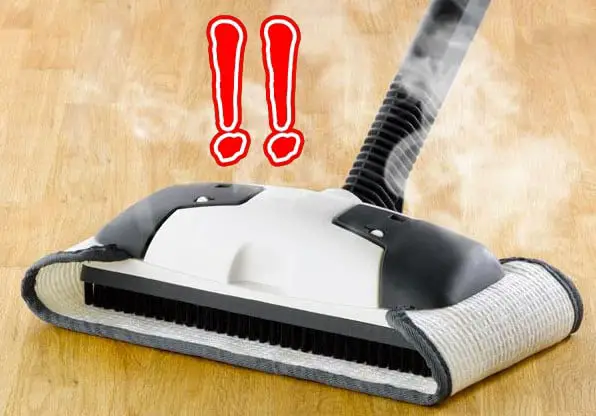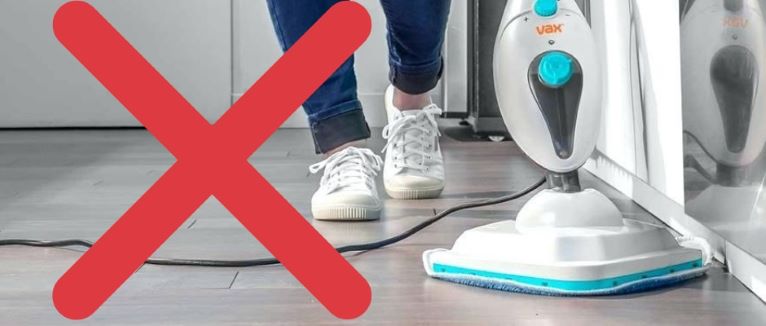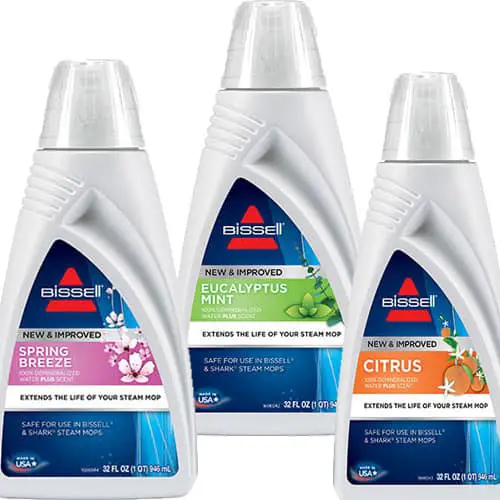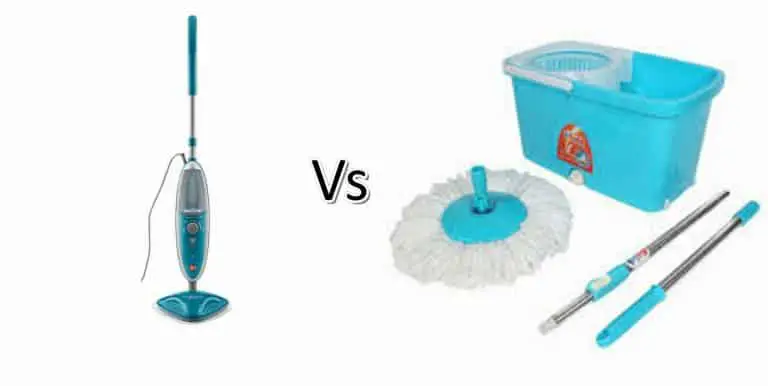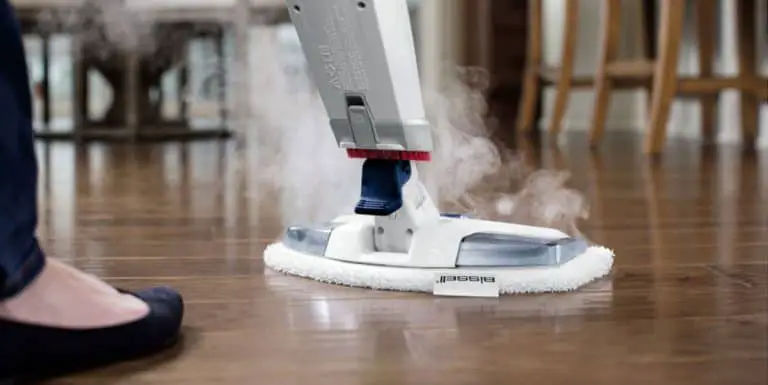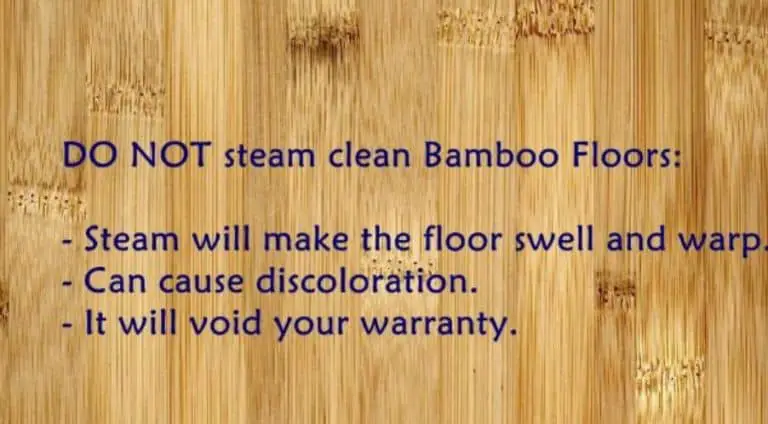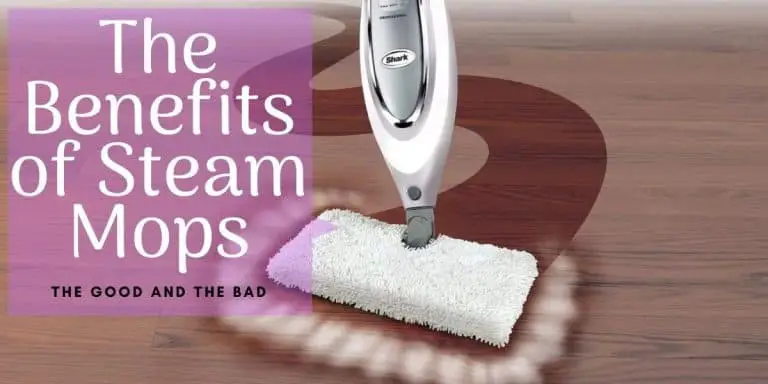Can You Use a Steam Mop on Vinyl Plank Flooring?
Vinyl flooring has come a long way. It used to be that peel-and-stick stuff. Today, it comes in the form of planks that easily click together, making their installation and replacement easy. But what about cleaning? Can you clean a vinyl floor using a steam mop?
Do NOT steam clean a vinyl plank floor using a steam mop, use a microfiber mop or swifter instead. Even though the PVC material is waterproof, steam can penetrate the floor through the grooves and cause damage. Intense heat will force the planks to bend and warp along the edges.
Steam Mops Damage Luxury Vinyl Planks
Do steam mops damage luxury vinyl plank flooring?
Steam cleaning comes with a lot of benefits of course. The process is fast and the hot vapor kills germs. Before you get down with your favorite steam mop to clean vinyl floor, you must understand how the material was made and what damage steam can do to it.
- Luxury vinyl planks (LVP) are 100% synthetic. They are made of plastic material and may be coated with a polyurethane surface.
- This type of material is waterproof and also heat resistant to a certain degree.
- There are two types of vinyl floors: Those where the planks are stuck onto the core with glue and those that click together and float. Each of these leaves visible lines and seams where they are joined.
Although vinyl planks are cost-effective, they not do very well and extreme pressure especially when you place heavy loads on them. They may also do poorly when exposed to extremely high temperatures that most popular steam cleaners produce.
The danger with any kind of flooring with
The major problem with steam cleaning vinyl floor is that the plastic material will get damaged by the extreme heat produced by a steam mop machine. If the planks were put together using glue, they will start to get loose and bend. You may also not like the smell the plastic produces when you expose it to extreme heat.
Precautions for Steam Cleaning Vinyl Floors
One of my customers once asked me why manufacturers of steam cleaners and mops such as Shark and Bissell recommend using steam to clean vinyl floors.
When used correctly, you can avoid or significantly minimize the damage steam cleaning can cause to vinyl planks. Consider the following tips when using steam to clean a vinyl floor.
1. Steam at half-power
If you have to use steam to clean vinyl planks, ensure that you set the steam cleaning machine to half the power in order to reduce heat exposure. This is to prevent the glue from melting and the planks from bending.
Therefore, choose a steam mop machine that comes with variable settings. An example is the Shark Lift-Away Professional Steam Pocket Mop. Set it to a low temperature to prevent damage.
2. Steam with a light steam setting
Now with the right steam mop, ensure that you choose a lighter cleaning method. Do not set it to this scrub mode because it may damage the coating on the planks.
3. Use a microfiber cloth or mop
Try to prevent direct contact between the steam and the vinyl plank flooring. You can do this by using a microfiber cloth or a towel on the head of the mop.
How to Steam Clean Vinyl Flooring
Even with all the above precautions, I would not recommend using steam to clean your wooden or vinyl floor. There are so many risks involved including voiding your warranty. But now that you know that, what is the best way to clean? Here are safe steps to follow to clean your vinyl floor.
- Sweep or vacuum the floor profile to remove any loose dirt, stones or sand. If you prefer using the vacuum, ensure that you remove the beater bar to prevent scratching the surface.
- Put warm water in a bucket and mix it with a little bit of soap. You can alternatively use a cup of vinegar in a gallon of water.
- Dip your mop into the bucket, and wring it to remove excess water.
- Mop the floor as usual.
- Use a microfiber cloth to dry the floor and remove any water and soap that may cause the surface to be slippery.
In order to get the best out of your floor ensure that you maintain it properly in between cleans. You will hardly have the need to deep clean it or use a steam mop in scrub mode. The easiest way to do this is to sweep it every day.
